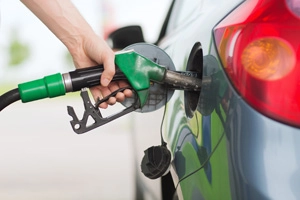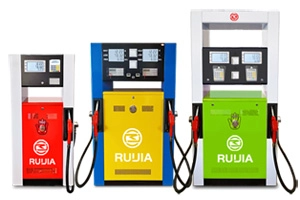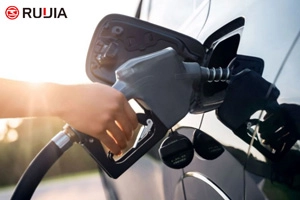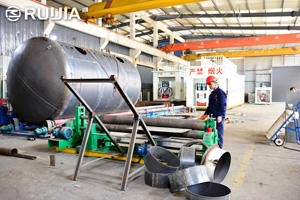- 20+ Years Of History
- 30+ Countries
- 50000 Yearly Production
How to Choose the Right Fuel Dispenser
Selecting the appropriate fuel dispenser is a critical decision for businesses and organizations that require reliable, efficient, and safe fueling solutions. Whether you're managing a fleet of vehicles, operating in remote locations, or running a commercial gas station, choosing the right fuel dispenser can significantly impact your operations, costs, and overall efficiency. In this article, we will explore key factors to consider when selecting a fuel dispenser, ensuring you make an informed decision tailored to your specific needs.
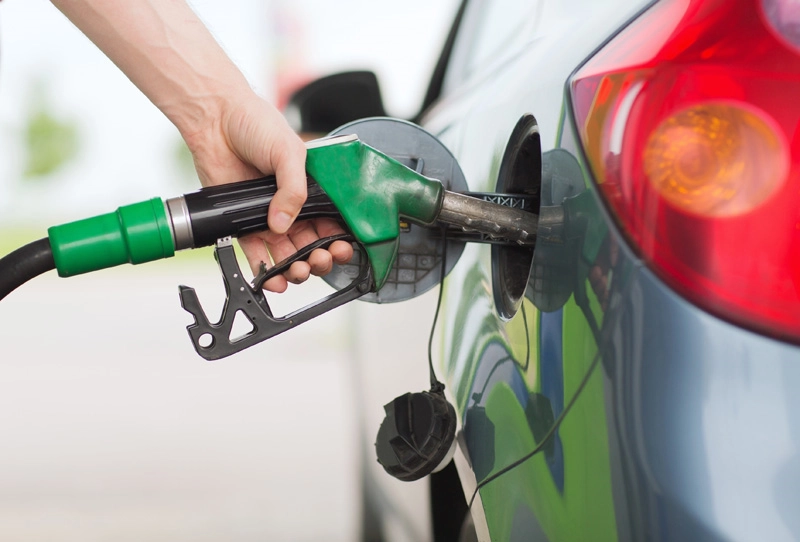
Understand Your Requirements
Types of Fuel Dispensers
- Single-Hose Dispensers: Ideal for low-volume applications, these dispensers offer one nozzle for dispensing fuel. They are cost-effective and easy to install but may not be suitable for busy environments where multiple vehicles need servicing at once.
- Multi-Hose Dispensers: These units feature two or more nozzles, allowing simultaneous fueling of multiple vehicles. Multi-hose dispensers are perfect for high-traffic areas like commercial gas stations or large industrial facilities.
- Dual-Product Dispensers: If you need to dispense different types of fuel (e.g., gasoline and diesel) from the same unit, dual-product dispensers are a great option. These systems often include separate tanks and nozzles for each fuel type, ensuring compatibility with diverse vehicle requirements.
- Portable Dispensers: Designed for temporary or mobile use, portable fuel dispensers are lightweight and easy to transport. They are commonly used in construction sites, agricultural fields, or emergency response scenarios where permanent infrastructure isn't feasible.
- Smart Dispensers: Equipped with advanced technology, smart dispensers provide features such as real-time data tracking, automated payment processing, and remote monitoring capabilities. These units are particularly beneficial for businesses seeking to optimize fuel management and improve operational efficiency.
Consideration of Capacity and Flow Rate
Safety Features
- Emergency Shut-Off Valve: Automatically stops fuel flow in case of leaks, spills, or other emergencies.
- Grounding Systems: Prevent static electricity buildup, reducing the risk of ignition.
- Overfill Prevention Devices: Ensure tanks do not overflow during refueling.
- Vapor Recovery Systems: Minimize harmful emissions and protect air quality.
Durability and Maintenance
Integration with Technology
- Payment Systems: Modern dispensers support contactless payments, credit/debit cards, and even mobile apps, improving convenience for users.
- Inventory Management Software: Real-time monitoring of fuel levels allows you to track consumption, plan refills, and identify trends.
- Security Features: Password protection, access control, and transaction logging help prevent unauthorized use and fraud.
- Remote Monitoring: With cloud-based platforms, you can oversee dispenser performance, diagnose issues, and receive alerts without being physically present.
Environmental Impact
Cost Analysis
Conclusion
How to Choose the Right Gas Station: A Comprehensive Guide
Choosing the right gas station is an everyday decision that can impact your vehicle’s performance, fuel efficiency, and even safety. While it may seem straightforward, factors like pricing, fuel quality, location, and additional services play a significant role in determining the best option for your needs. In this guide, we’ll explore practical tips to help you make informed decisions when selecting a gas station.
1. Prioritize Fuel Type and Quality
The first step in choosing a gas station is ensuring compatibility with your vehicle’s requirements. Most cars run on regular unleaded gasoline (87 octane), but high-performance or luxury vehicles may require premium fuel (91–93 octane). Using the wrong type can harm engine performance or void warranties.
- Check your owner’s manual to confirm the recommended fuel grade.
- Avoid discount stations selling “uncertified” or low-quality fuel, as impurities can damage engines over time. Look for reputable brands like Shell, Chevron, or ExxonMobil, which often adhere to stricter refining standards.
2. Compare Prices Strategically
Fuel prices vary significantly between stations, so shopping around can save money. However, lowest price doesn’t always mean best value if quality is compromised.
- Use apps and websites like GasBuddy, Waze, or OPIS to compare real-time prices in your area. These tools aggregate data from thousands of stations.
- Be cautious of ultra-low prices: extremely cheap fuel might indicate outdated equipment or subpar fuel blends.
- Consider loyalty programs or rewards cards that offer discounts or cashback.
3. Evaluate Location and Convenience
A gas station’s proximity to your daily commute or travel routes saves time and fuel costs.
- Opt for stations near highways or major intersections to avoid detours.
- Check operating hours—24/7 stations are ideal for late-night or early-morning travelers.
- Avoid stations in remote areas unless necessary; they may lack safety features or amenities.
4. Inspect Safety and Cleanliness
A well-maintained station reflects reliability and safety.
- Look for functional lighting, visible signage, and secure payment systems.
- Avoid stations with cracked pavement, poor drainage, or overflowing trash bins, as these can indicate negligence.
- Ensure the pump nozzle automatically clicks off to prevent spills or overfilling.
5. Consider Additional Services
Modern gas stations often double as convenience hubs. Assess whether extra amenities align with your needs:
- Air pumps and vacuums for quick car maintenance.
- ATMs or card readers for cashless transactions.
- Clean restrooms and convenience stores for longer trips.
- EV charging stations if you drive an electric vehicle.
6. Analyze Payment Options
Flexible payment methods reduce hassle.
- Confirm availability of credit/debit card readers, mobile payments (Apple Pay, Google Pay), or pre-paid cards.
- Avoid stations charging extra fees for card payments unless unavoidable.
7. Research Brand Reputation
Some brands prioritize sustainability or community engagement. For example:
- Shell V-Power and Chevron Techron contain additives that enhance engine cleanliness.
- Biodiesel (B20) or renewable diesel stations cater to eco-conscious drivers.
- Support local businesses if convenience and community support matter to you.
8. Monitor Hidden Costs
- Taxes and surcharges: Prices vary by state due to differing tax rates. Use resources like AAA’s Fuel Gauge Report for breakdowns.
- Dynamic pricing: Prices at busy intersections or tourist areas often surge during peak hours. Fill up earlier in the day or on weekdays for better deals.
9. Test Drive Your Routine
Experiment with different stations for a month to identify patterns:
- Track fuel economy changes based on fuel quality.
- Note which stations consistently offer the best value without compromising convenience.
Conclusion
Selecting the right gas station requires balancing cost, quality, and convenience. By leveraging price-comparison tools, understanding your vehicle’s needs, and prioritizing safety, you can optimize your fueling strategy. Remember, the cheapest option isn’t always the best—consistent use of reliable stations ensures long-term savings and vehicle health. Stay proactive, and don’t hesitate to reevaluate your choices as prices, technologies, and your driving habits evolve. Happy motoring!
